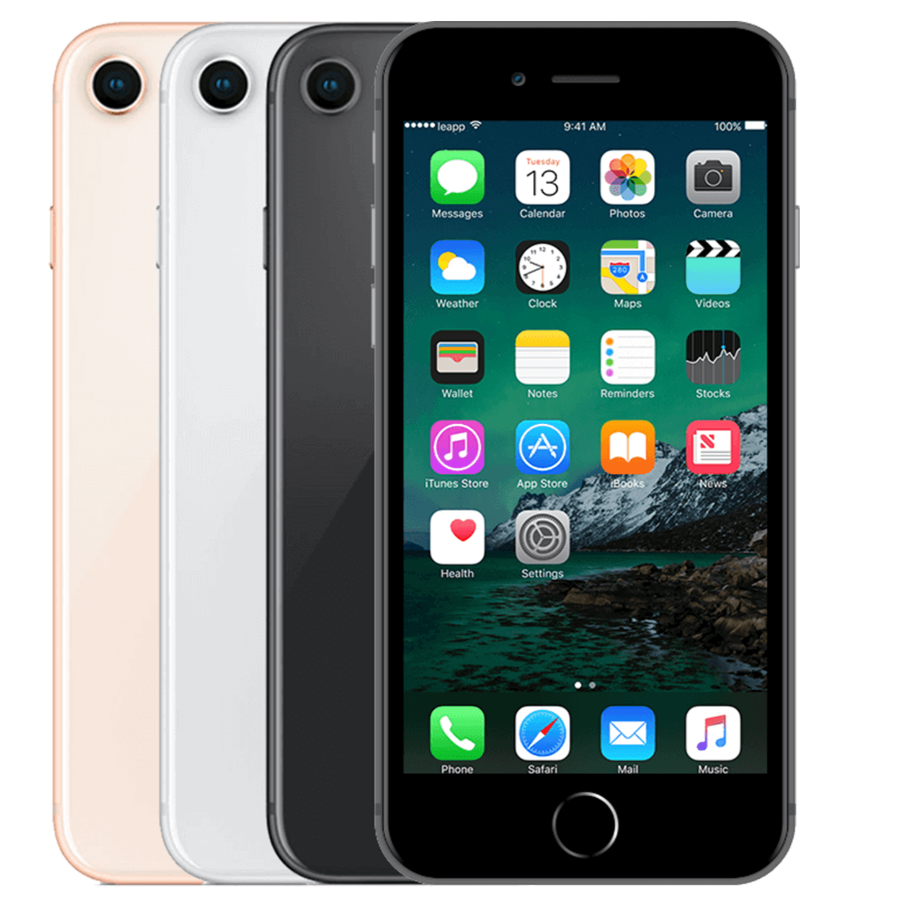iPhone not making sound? Fix it yourself in 5 minutes.
Your iPhone stops working. It's mid-call. Or just when you're about to listen to music. It's easy to panic—without sound, your phone is practically useless. Your first instinct is probably to rush to the Apple Store or call an expensive repairman.
But here's the thing: 9 out of 10 times you can fix the problem yourself in five minutes. No tools. No technical knowledge.
It sounds too simple to be true, but most sound problems are caused by incorrect settings or temporary software glitches. A quick restart or disabling Do Not Disturb often fixes it. While you might think your speaker is broken, the problem often lies in a forgotten setting you accidentally turned on.
Useful links
Step 1: Check the base
It might sound too simple, but always start with the volume buttons. Press the volume up button a few times while looking at the screen. Do you see the volume bar appear? Perfect. Is it all the way at the bottom? Then you've found the problem.
Also check the mute switch on the side of your device. This small button above the volume buttons is the culprit in more cases than you might think. If you see an orange line, your phone is on silent. Slide the switch to the other side, and the sound should work again.
Don't forget to test with different apps. Open YouTube, Spotify, or just the default music app. If the sound isn't working in one app, but is working in others, then the problem is with that specific app, not your phone.
Step 2: Bluetooth and Headphone Mode
Your iPhone sometimes thinks headphones are connected when they aren't. The result: sound comes from the "wrong" speaker. This happens especially if you often use earbuds or if there's dirt in the jack.
Go to Settings and turn off Bluetooth. Many people forget that their phone automatically connects to their car, a speaker at home, or wireless earbuds. If the device is within range, your iPhone will send the audio there without you even realizing it.
Do you have a Lightning connector? Take a toothpick or paperclip and gently remove any debris from the port. Pocket lint can confuse the sensor. Then gently blow into it or use compressed air from a safe distance.
Step 3: Check software settings
Go to Settings > Sounds & Haptics. Here you'll find all the sound settings listed. Set the slider for "Ringtone & Alerts" to about 75%. Test it right away by selecting a ringtone.
Also check the "Change with buttons" setting. If it's off, the volume buttons won't affect your ringtone or notifications. Enable this option for normal use.
Next, go to Settings > Accessibility > Audio/Visual. Sometimes the mono audio is accidentally turned on here, or the balance is off. Reset everything to the default settings. The balance slider should be right in the middle.
Step 4: Apps and Focus Mode
Focus mode (formerly "Do Not Disturb") is a common culprit. Swipe down from the top right corner to access the control panel. See a moon or other focus icon? Tap it to turn it off.
Also check your individual app settings. WhatsApp, Instagram, and other apps have their own sound settings that can override the overall volume. Open the app, go to settings, and check if notifications and sounds are turned on.
Some apps request microphone access. If this access is denied, they may not be able to play sound. Check this in Settings > Privacy & security > Microphone.
Step 5: The Ultimate Reset
If the above steps don't work, it's time for some heavy-duty hardware. Start with a soft reset: press and hold the power button and a volume button simultaneously until the Apple logo appears. This often fixes temporary software issues without losing any data.
If this doesn't work, go to Settings > General > Transfer or Reset iPhone > Reset > Reset All Settings. You won't lose any photos or apps, but all system settings will be reset to factory defaults. You will need to re-enter your Wi-Fi passwords.
Additional troubleshooting
Test your speakers with the voice memo app. Record something and play it back. If you hear it through the earphone speaker (top) but not through the main speaker (bottom), there may be physical damage.
Also try making a call and turning on the speakerphone. If that works, the speakers are technically working fine, and the problem is likely software-related.
Check if your iOS is up to date by going to Settings > General > Software Update. Apple regularly fixes audio bugs in new updates. Installing an update may resolve the issue without any further steps.
When to go to the store?
Have you tried all the steps without success? The hardware may be damaged. Water damage, a fall, or simple wear and tear could have affected the speakers. In that case, professional repair is necessary.
Before going to the repair shop, make a backup via iCloud or your computer. This way, you won't lose any important data if something goes wrong during the repair.
Also consider whether repair is worthwhile. For older models, it can be more cost-effective to purchase a refurbished device. These have been thoroughly checked and work like new, but cost considerably less than a brand new one.
Conclusion: usually a simple solution
Sound problems with your iPhone are annoying, but as you can see, they're usually easy to fix. In most cases, the problem lies in an incorrect setting or a temporary software glitch that you can resolve yourself within five minutes. From checking the mute switch to resetting your settings, these steps will fix nine out of ten problems.
Only in the case of serious hardware damage should you visit a repair shop. For older devices, a refurbished iPhone might be a smarter choice than an expensive repair. This way, you can stay connected without paying a fortune.






























